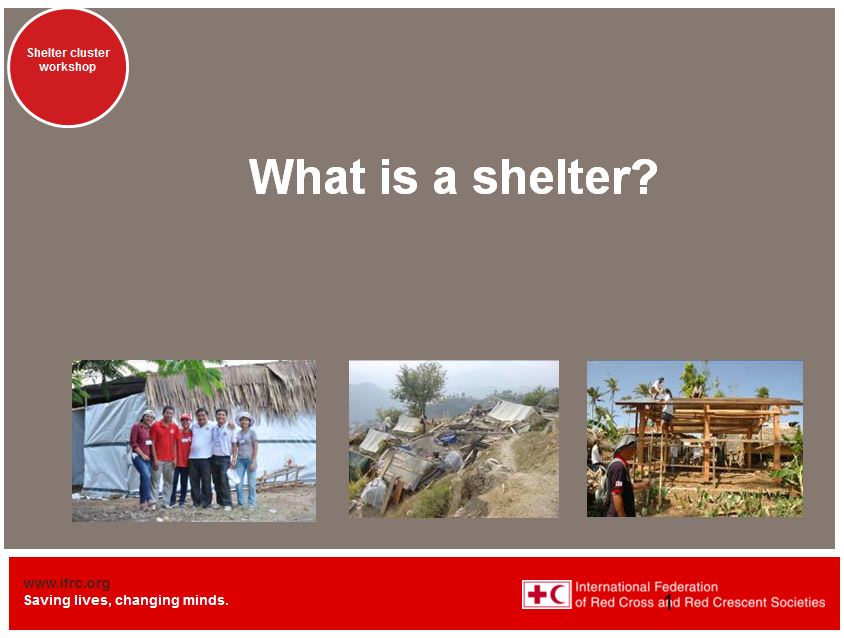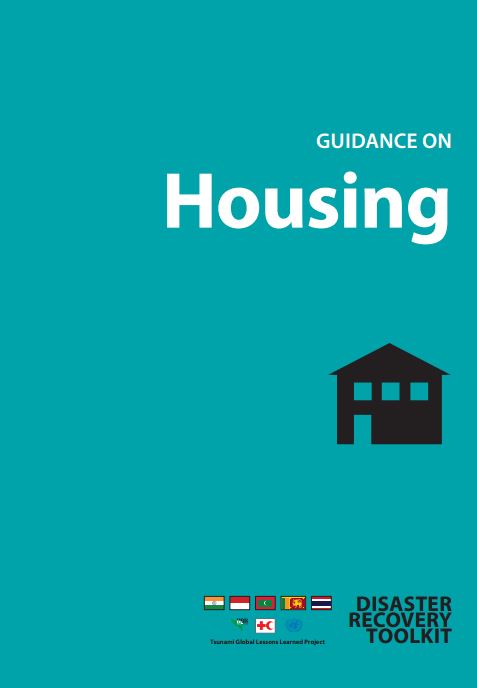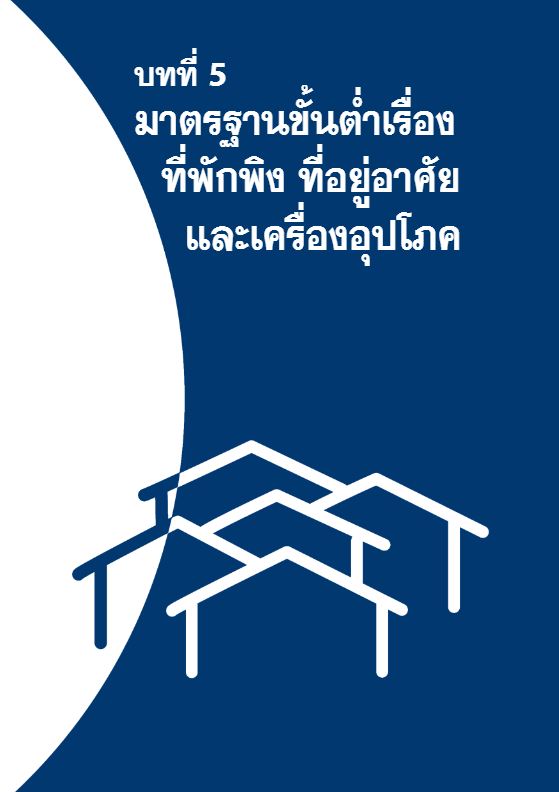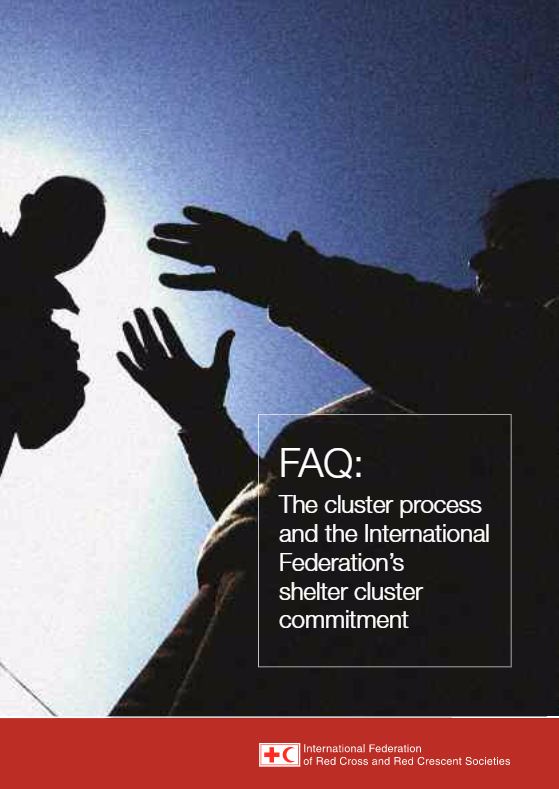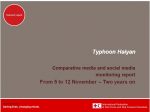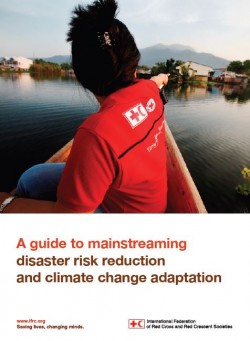The Philippine Red Cross (PRC) held national level rollout of the recently developed IFRC pilot training on “Regulatory Barriers to Shelter and Settlements in Disaster Contexts in Asia Pacific”. The Philippine rollout, entitled “Roundtable Discussion on Housing, Land and Property (HLP) Regulatory Barriers to Shelter & Settlements: Philippine Red Cross Experience”, was jointly organized by the PRC-IFRC Disaster Law Programme, PRC Shelter and Settlements Unit, and IFRC APRO Shelter and Settlements Coordinator last November 22-23, 2016.
PRC shelter officers and technical/operations field staff from select Haiyan-affected areas—Tacloban, Leyte, Capiz and Aklan—recounted the regulatory barriers that they had faced in providing adequate shelter assistance to disaster-affected households. Most of the identified barriers concerned lack of access to suitable land for core shelter and inflexible land tenure prerequisites for households seeking shelter assistance. PRC participants identified “key points” for an organizational HLP Strategy that will map out advocacy and mitigation actions to address or remove these barriers in future humanitarian interventions.
Partner National Societies Japanese Red Cross and British Red Cross, as well as shelter cluster members IOM, Habitat for Humanity and Catholic Relief Services joined the discussion and teamed up with PRC to identify key points for an overall HLP strategy for the Philippine humanitarian community.
![]()


